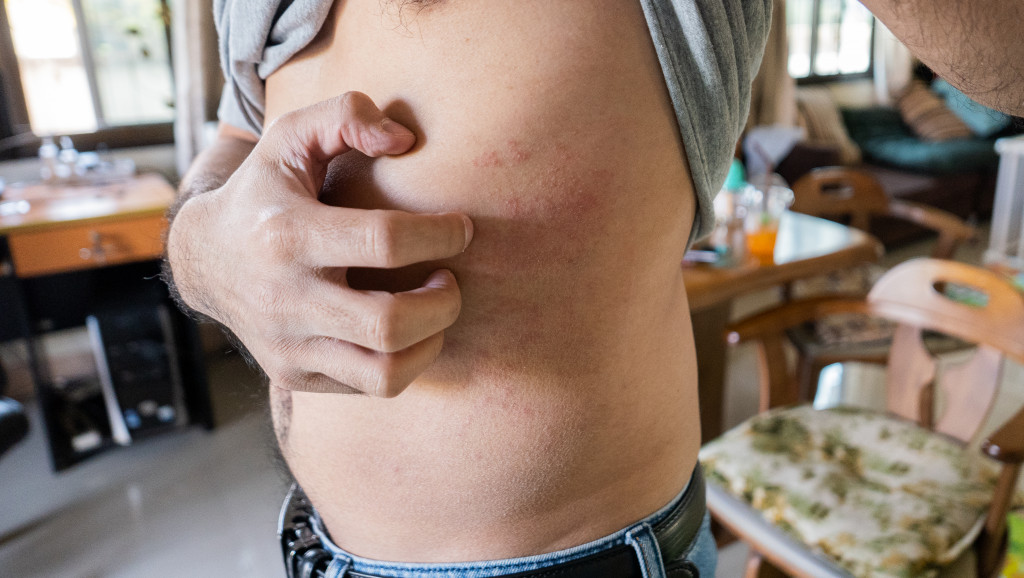Cysts are tricky. You don’t notice until they are there—bumps, lumps, pain, and all. Then, you start to worry if they’re normal, whether they will just go away on their own, or if you need urgent care services the moment you discovered you have that abnormal growth. Should you?
It’s important to know that not all cysts are dangerous. When you can think of what caused the bumps or lumps on your skin such as hitting something, minor trauma, or anything, then most likely it’s far from serious. After all, we go through exercises, training, or other physical exertions, so we may always experience occasional lumps now and then.
First off, learn about what cysts are. They’re sac-like pockets of membranous tissues composed of air, fluid, and other substances. They can grow anywhere, and most frequently, in the skin, breasts, kidneys, and ovaries. The most common causes of their appearance include a blockage in the duct brought by infection, trauma, or genetic disposition.
Is it normal or not?
Their normalcy depends on several factors such as their location, if they cause pain or discomfort, which type they are, or if they’re infected or inflamed. Cysts come in many types and most of them are non-cancerous. You’d know it’s nothing to worry about when it feels soft, moving, or changing forms when touched, found in the external parts of your skin, and increasing in size when you’re active yet decreasing when you rest.
Even when benign, your doctor will most likely still recommend that they be removed by surgery. This is because they may still lead to several health complications such as ovaries getting twisted, lumps bursting, or blood poisoning.
Can you remove cysts on your own?
Take note that no matter how tempting it is to remove those external bumps by yourself, you shouldn’t. When you pop, drain, or abscess the cyst yourself, you’d be at risk of infection. The cyst may fill with pus and bacteria and then turn into an abscess. When this happens, you may become more vulnerable to blood poisoning. Another risk is peritonitis in which your abdominal wall’s membrane lining is inflamed.
The best you can do is to simply keep them clean and leave the job of draining to your doctor. Make an appointment for surgery especially when your cyst has already reached from 5 to 10 centimeters in size. Your doctor will do an ultrasound or MRI to determine their real size and location then aspirates or drains the cyst using a large needle.
The surgery is nothing to worry about. When the treated area is stitched, you may just have one or a couple of days’ leave from work. However, if it’s an open wound, at best, it may take three weeks or a month to heal, requiring you full two or four weeks off from work. Soreness around the operated area may remain around a day or two, and you can expect to have a better recovery time. Most patients claim that after getting their cyst removal, they feel better immediately.

When should you be worried if you have lumps and bumps?
If you just can’t point out why a lump or bump is there, you’ll start to dread if it’s actually abnormal, that cancer word. Typically, cancerous bumps come large, painless when touched, hard, and appearing spontaneously. They will be growing in mass for weeks or months.
The most common form of cancerous cyst is the adult soft tissue sarcoma, which can grow in any part of the body, including tendons, fat, muscles, blood and lymph vessels, tissues around joints, and nerves. Usually, this type of cyst appears in the chest, arms, abdomen, or legs.
Since they take deeper roots in the body, sarcomas are usually detected only when they grow in size. They’d appear with painful bumps that if located in the abdomen, can make you feel pain and a sense of fullness.
How are cysts diagnosed?
It’s not only through MRI scans or ultrasounds that cysts can be detected. Other diagnostic imaging scans include CT scans and mammograms. The best way to confirm whether your cyst is cancerous or not is through biopsies, which means surgically removing several or all your lumps. Your doctor will then check the cyst for cancer cells.
If the lump consists of fluid, samples will be pulled out through fine needle aspiration, which is a simple procedure that can just be done in an outpatient setting.
Can cysts be treated without surgical operation? Yes, they can be. There are home remedies that work best for shrinking cysts. But if you’ve done all that you can to shrink them, best visit your doctor for treatment.

